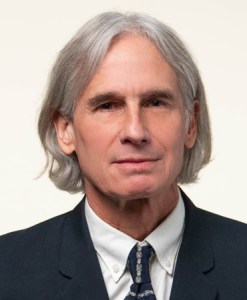This paper develops a small forward-looking macroeconomic model where the Federal Reserve estimates the level of potential output in real time by running a regression on past output data. The Fed’s perceived output gap is used as an input to the monetary policy rule while the true output gap influences aggregate demand and inflation. I investigate the consequences of two postulated shifts in the growth rate of U.S. potential output: the first occurs in the early-1970s and the second in the mid-1990s. Initially, Fed policymakers interpret these shifts to be cyclical shocks but their regression algorithm allows them to gradually discover the truth as the economy evolves over time. Under a Taylor-type rule, the model can produce a hump-shaped pattern in trend inflation that peaks around 1979 and a downward movement in trend inflation since 1995. Under a nominal income growth rule, these low-frequency movements in inflation are substantially reduced but not eliminated. The business cycle stabilization properties of the two rules turn out to be quite similar. Finally, using stochastic simulations, I show that efforts to identify the Fed’s policy rule using a regression based on final data can create the illusion of strong interest rate smoothing behavior when in fact none exists.
About the Author
Kevin Lansing is a senior research advisor in the Economic Research Department of the Federal Reserve Bank of San Francisco. Learn more about Kevin Lansing
